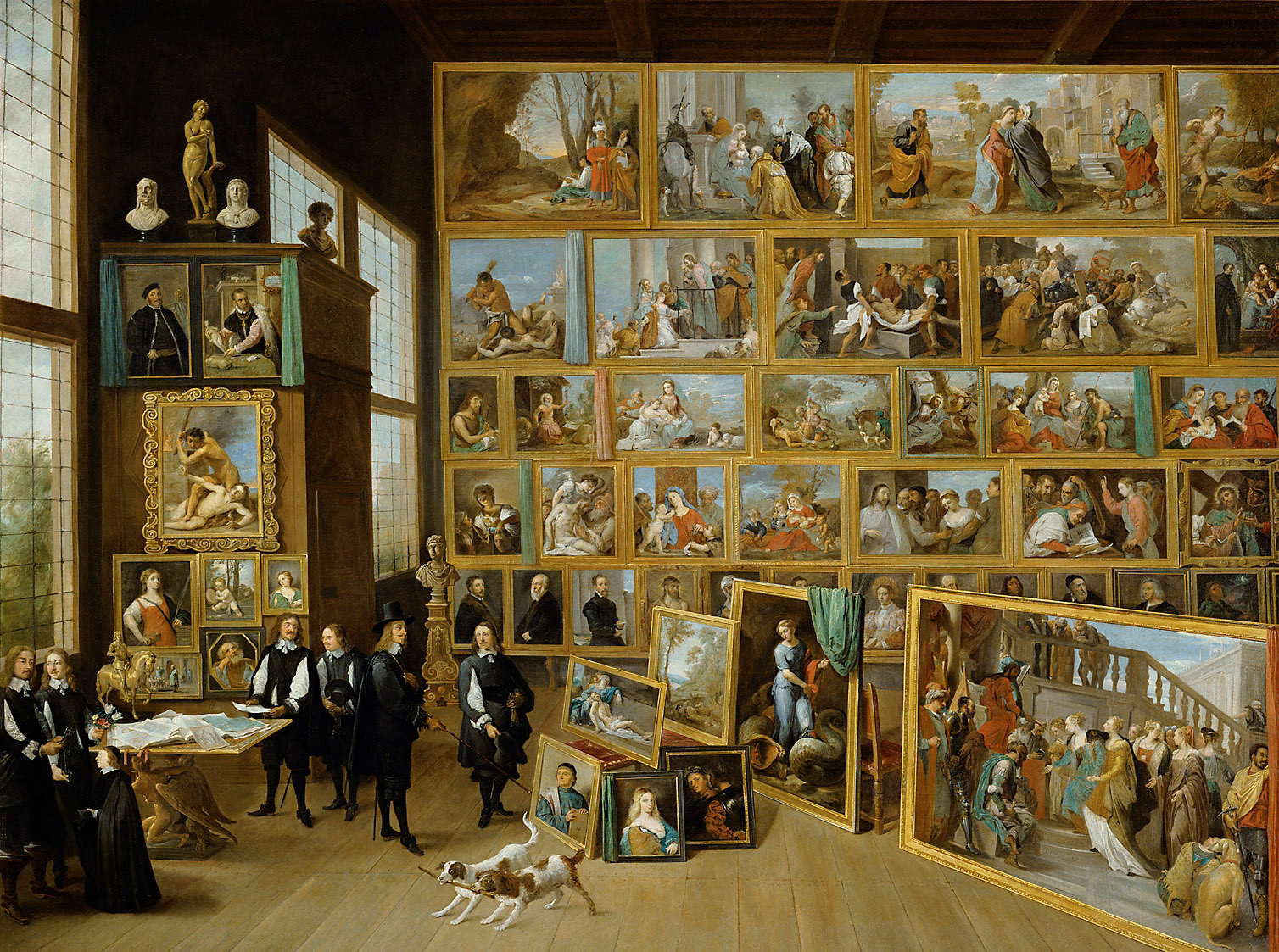1. George Lucas
George Lucas is a filmmaker who loves to collect pieces of American Illustration. Amongst his collection are pieces by Norman Rockwell. In fact, George Lucas and Steven Spielberg lent a portion of their collections to the Smithsonian for an exhibit.
2. Val Kilmer
Val Kilmer is a famous actor who happens to be a collector of Contemporary Sculpture featuring artists such as Roxy Paine. Rumor has it that he is working toward building a sculpture park on the large property he owns in New Mexico.
3. Jane Holzer
Jane Holzer is an avid art collector, movie producer, and Warhol Superstar of the past. She collects Contemporary art from a variety of artists including Andy Warhol, Fischli and Weiss, Andreas Hofer, Jean Michele Basquiat, Jonathan Seliger, Christopher Wool, and many, many more. She has real estate in Palm Springs and from there is mostly a full-time art collector.
4. Brad Pitt
Brad Pitt is an actor and art collector of contemporary art and modern and contemporary design. His collection includes work by artists such as Banksy, Yayoi Kusama, Neo Rauch, and Marcel Dzama.
5. Maddona
In 2009, Maddona’s art collection was valued at a whopping $160 million! The singer/actress collects artwork in the realm of contemporary and modern (with an emphasis on powerful female artists). Among them the famous Frida Kahlo, Tamara de Lempicka, Fernand Leger, Pablo Picasso, Damien Hirst, Man Ray. She enjoys art depicting often controversial and thought-provoking scenes.
6. Neil Patrick Harris
Actor Neil Patrick Harris is a collector of contemporary and Americana artworks by artists such as Andrew Sendor, Tony Payne, and Darina Karpov. Several times, Neil Patrick Harris has opened his home to show his collection as an effort to raise money for the Museum of Contemporary Art in Los Angeles- and has proven to be successful in doing so.
7. Steve Martin
Steve Martin is an actor/comedian who has become more outspoken over the years becoming an advocate of the arts. He collects pieces of modern masters including Pablo Picasso and Georgia O’Keefe.
